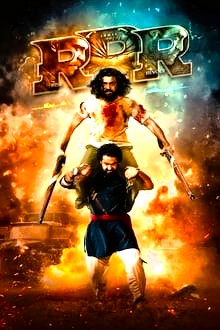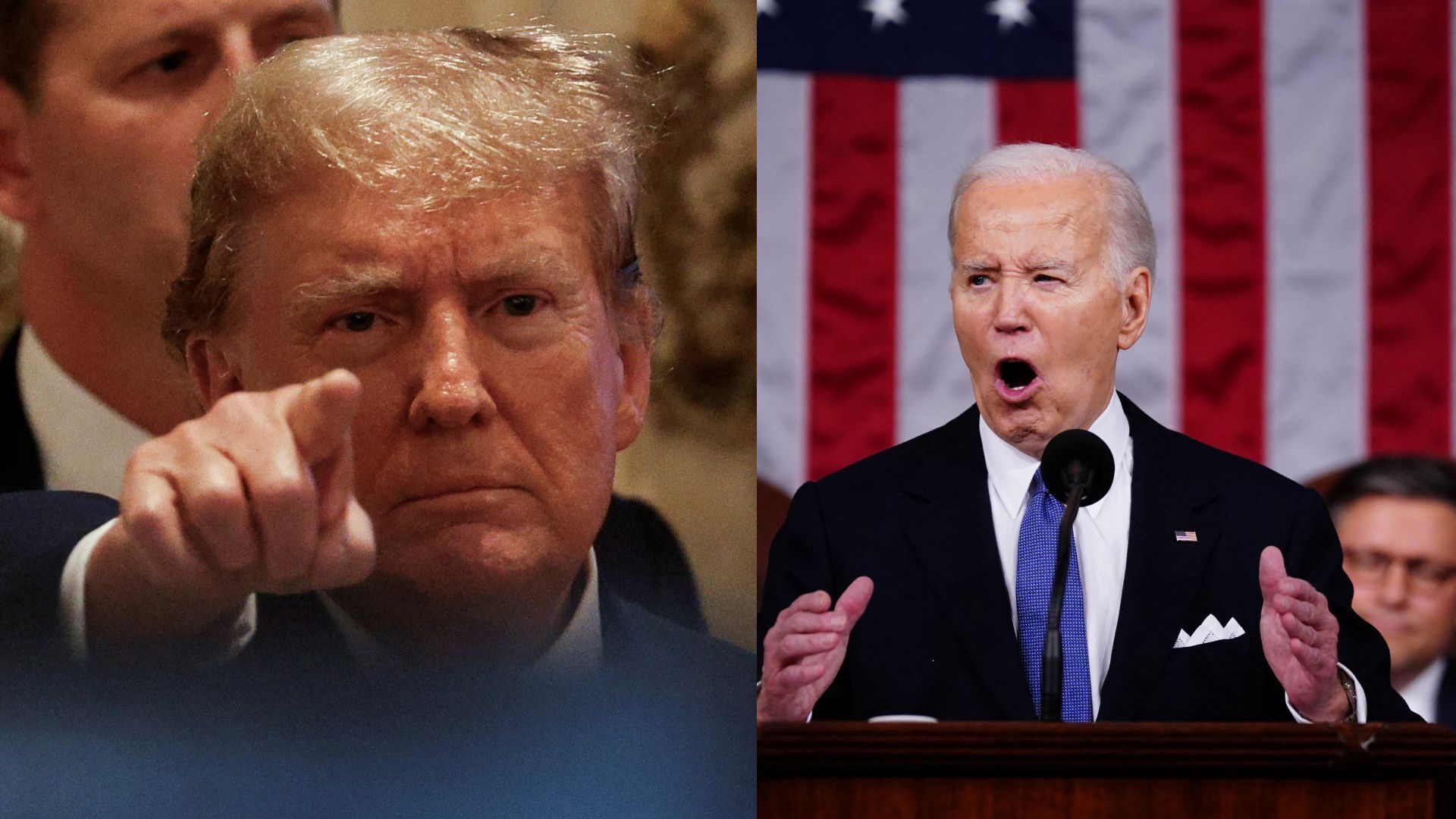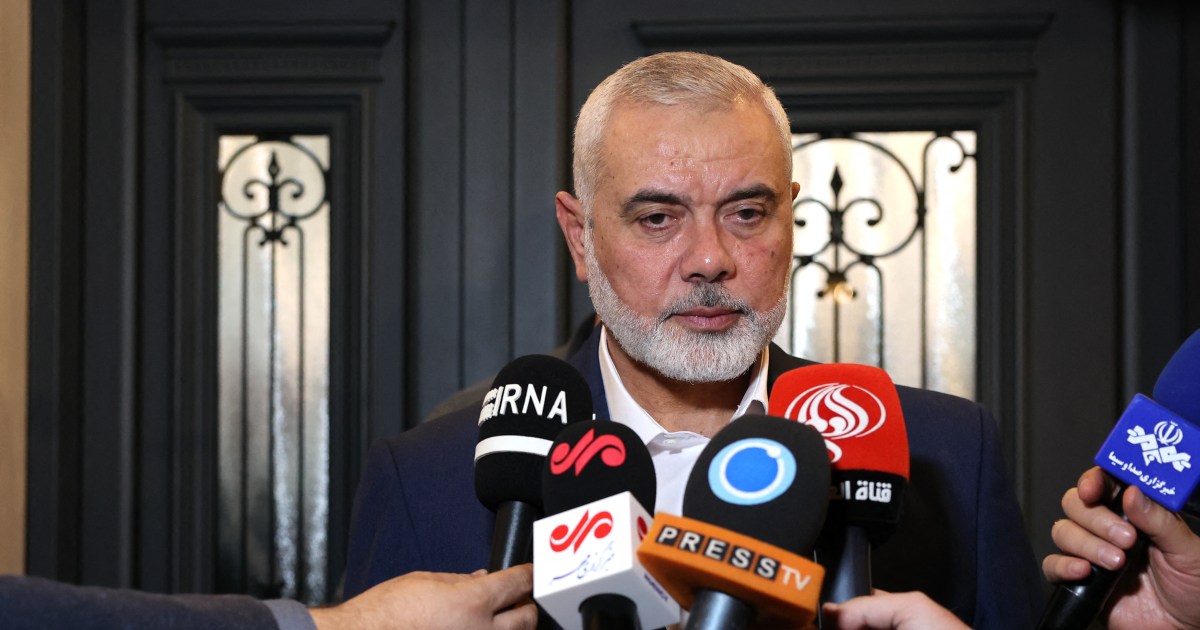Where is India Heading? — Global Issues
STOCKHOLM, Sweden, Oct 06 (IPS) – Some time ago I watched the Indian blockbuster RRR (Rise, Roar, Revolt). It received universal praise for direction, screenwriting, cast performances, soundtrack (which won an Oscar) and thrilling action sequences. RRR is filled with gore; bodies beaten, pierced and torn apart. An overblown combination of Quentin Tarantino and Bollywood, far away from Satyajit Ray’s emotionally moving films, as well as Bollywood’s romantic comedies and mythological dramas. RRR never pauses for breath. The two male protagonists are supermen, not exposing many recognizable human traits, even if they might occasionally sing and talk about love. Hard to understand, since the few women of the story are cut-out clichés.

India was on 20th April declared as being the world’s most populous nation with 1,428 million inhabitants, of which more than 80 percent define themselves as Hindus, making religion a useful tool for political campaigning. However, the Hindu faith has countless variants and the nation is a subcontinent with 20 official languages and a plethora of customs and cultures.
The RRR movie fits well into the current Prime Minster Narandra Modi and his Hindu-nationalist Bharatiya Janata Party, BJP’s embrace of its interpretation of Hindu Pride, Hindutva, was strengthened and supported by a growing economy. Nevertheless, there are cracks in the political fresco depicting a harmonious India, not the least widespread anti-Muslim prejudice. From fear of Muslims and neighbouring Pakistan many people take their refuge in BJP. Almost 15 percent of the Indian population are Muslims, meaning that The Republic of India has the third largest Muslim population in the world.
Playing the religious card and claiming an unprecedented economic growth Narandra Modi is now probably the most popular leader in the world. In the 2014 general elections BJP became the first Indian political party since 1984 to win a majority and becoming able to govern without the support of other parties. The G20 summit coincided with Modi’s aims to raise New Delhi’s global clout following nearly a decade-long tenure in power in which he has positioned himself as a leader intent on shedding the country’s colonial past – emphasizing the need to “liberate ourselves from the slavery mind-set.”
A view apparent in RRR, which is rooted in a vision of a genocidal racism of British colonialists. The British Governor of the Princely State of Hyderabad (today’s Telangana) might be equalled to any murderous Nazi-SS officer and is together with his sadistic wife flaunting dehumanizing prejudices against indigenous people. Muslims act as treacherous collaborators with the British and their subjugated Deccan Mughal Prince is an enthusiastic supporter of the Britsh Raj. To liberate a girl kidnapped by the villainous Governor-wife, the Hindu hero Raju disguises himself as a loyal Muslim officer serving the British Raj and as such he does not hesitate to kill and torture fellow Hindus, while planning a Hindu revolt and liberating the confined girl.
All this fits well into BJP’s efforts to depict the Indian subcontinent’s 4 500 year long history as being developed within a Hindutva frame. This in spite of the historical presence of thousands of kingdoms, diverse peoples, different religions, being the birth place of at least three world religions, and with the powerful presence of Christianity, Parsism, and not the least Islam – blending into the creation of a unique and rich Indian culture.
A common trait among leading BJP politicians seems to be that their chauvinistic Hindutva vision has convinced them that everything that do not conform with their simplistic view of “Bh?rat culture” might be considered as intrusion/pollution of Hindu past and present. The splendours of the Mughal culture is exorcised from school books and Muslim rulers like Akbar are referenced as cruel invaders. The names of Muslim sounding towns are changed; Allahbad has become Praygray, Aurangabad is Chhatrapatri Sambhaji Nagar, and Osmanabad has become Dharashiv, while the official name of the Indian Republic now has been established as Bh?rat Ganar?jya.
Anything awkward in the history of this utopian Hindu Bh?rat is swept under the carpet, or whitewashed, like the legacy of untouchability and exclusion, misogyny and intolerance. There is also an apparent discomfort with BJP’s rather tarnished history. For example, Nathuram Godse who murdered Mahatma Gandhi in 1948 was an esteemed member of the Hindu supremacist Rashtriya Swayamsevak Sangh (RSS) organisation, which still is the ideological fountainhead of the BJP. He killed Gandhi because the Mahatma’s insistence on a secular India, integrating members of all religions and castes (the entire caste system was declared to be illegal).
In spite of Modi’s popularity it is generally agreed that BJP is considered as a North Indian, Hindi-speaking and upper-caste party, even if BJP has declared that “the caste system is responsible for the lack of adherence to Hindu values and the only remedy is to reach out to the lower castes.” The major themes on the party’s agenda has been banning cow slaughter and abolishing the special status given to the Muslim majority state of Kashmir, as well as legislating a Uniform Civil Code in conformity with “Hindu values”. Most of the people living in Kashmir do not vote for BJP and neither do those of the Sikh dominated Punjab, while non-Hindi speaking people in Tamil Nadu, West Bengal, and Kerala are reluctant to share BJP’s ideology and prone to consider the party as adhering to Ethnic democracy, meaning that it is supported by a prejudiced majority.
The RSS organisation was in 1925, founded on the claim that India was a Hindu nation and Hindus were thus entitled to reign over the Nation’s minorities. The RSS’s original base was higher-caste men, but in order to grow it had to widen its membership and lower-caste recruits were accepted, among them a young Narendra Modi, who soon became a pracharak—the group’s term for its young, chaste foot soldiers. He rose quickly in the ranks. RSS is by BJP often described as the party’s “scout branch”, but it is more than that – it is a uniformed paramilitary organisation in which young men obtain physical fitness through yoga, weapon- and martial arts exercises, taught Hindutva ideology, as well as partaking in activities encouraging civic awareness, social service, community living, and patriotism. Pracharaks are full-time functionaries, renouncing professional – and family lives while dedicating their lives to the cause of the RSS.
Modi rose in the RSS ranks and in 1987 he entered its political branch – BJP. When Modi joined the party it had only two seats in Parliament. It needed an issue to attract sympathizers and found one in an obscure religious dispute. In the city Ayodhya it was among local Hindus rumoured that a mosque had been built above an ancient temple dedicated to the god Ram, a Vishnu avatar. In 1990 a senior member of BJP called for the demolition of the mosque. Two years after, a crowd led by RSS partisans completely razed the mosque.
This happened when economic liberalization under the BJP’s regime was resulting in increased economic growth, urbanization, and consumerism. A new, affluent middle class developed, becoming the core electorate of the BJP. In a rapidly changing world persons were searching for an identity, several found one in Hindu nationalism, turning to gurus, and sectarian movements, participating in yoga classes and watching saffron-clad ideologists on TV. The Ayodhya incident and the following bloody clashes between militant RSS members and Muslims, triggered by press campaigns, and Pakistan supported terrorist attacks, enabled the BJP to capitalize on a growing Hindu nationalism. BJP membership soared, and already by 1996, it had become the largest party in Parliament.
Like his good friend Donald Trump, Narandra Modi has by his enemies been provided with several characteristics they consider to be dangerous. He is reluctant to give press conferences and in-depth personal interviews, but based on those and some knowledgeable acquaintances he has been described as a person having all traits of an authoritarian, narcissistic personality, and in addition he practices a puritanical rigidity, having a constricted emotional life, and an enormous ego, which apparently covers up an inner insecurity. Like Trump, Modi is also prone to reveal harmful conspiracy theories, like India being targeted by a global conspiracy, in which every local Muslim is likely to be complicit.
When Modi served as chief minister in the Gujarat state a train with pilgrims and RSS militants was returning from Ayodha. When it stopped at the station of Godhara quarrels erupted between the pilgrims and Muslim food vendors, resulting in a fire that burned 58 Hindus to death. Independent investigators deemed the tragedy to be a tragic accident, though RSS consider it to be a Muslim terrorist attack. Horrific lynchings of Muslim men and women followed, Narendra Modi was accused of condoning the violence that allegedly was supported by police and government officials accused of providing rioters with lists of Muslim property owners. Officially 1,044 persons were killed, while The Concerned Citizens Tribunal estimated that 1,926 persons had been lynched. Parallel to accusations of having been knowledgeable about politicians and administrators’ crucial role in the lynchings, Modi-collaborators were accused of corruption and even extra-judicial killings.
Apart from these unresolved incidents Modi’s reforms during his time as Gujarat minister have benefitted his political career. His regime supported the establishment of new industries, reformed the bureaucracy, and made huge investments in electricity and infrastructure. The state’s growth rate boomed as subsidies were provided to politically connected conglomerates and state-owned players.
The “Gujarat model” has been a prerequisite for Modi’s fame as India’s great modernizers. However, even if Modi after his election victory in 2014 pledged to add 100 million manufacturing jobs, India actually lost 24 million of those jobs between 2017 and 2021. COVID-19 was blamed for the failure, but 11 million jobs had already been lost before the pandemic hit. This might be compared with similar, but much smaller economies, like those of Bangladesh and Vietnam, which manufacture employment doubled between 2019 and 2020, while India’s share barely rose by two percent. Currently, Vietnam exports approximately the same value in manufactured goods with its 100 million people, as does India with its 1.4 billion. Modi’s huge investments in logistics and transport has so far not provided the expected results. Indian investors tend to offshore their profits and demonstrate a preference for financial assets. Private investment was in 2019-20 only 22 percent of GDP, down from 31 percent in 2010-11. One obstacle to investment is India’s profoundly unequal society. Modi’s economic strategy puts wealth before health. The Modi government is reluctant to prioritize investments in primary health care and education.
In 2019, the Modi government declared “war on pollution” but allocated a scanty USD 42 million. Female employment have been dropping for over three decades, with only 7 out of 100 urban women now employed. Modi’s tactics to blame minorities for economic shortcomings, social ills and other problems that could be amended by more effective policies may prove to be disastrous and lead to unmitigated violence. One example is his government’s crackdown on Sikh separatist movements and alleged extra-judicial killings of Sikh militants in Britain and Canada, which has reawaken and militarized Sikh opposition and soured diplomatic contacts with Canada. Likewise is the Government’s move to revoke the Constitution’s Article 370, which granted some autonomy for Kashmir, India’s only Muslim-majority state, likely to fuel Muslim anger and desperation and so is the Citizenship (Amendment) Act, making religion a criterion for obtaining Indian nationality. Only non-Muslim refugees from Bangladesh, Afghanistan, and Pakistan are eligible for citizenship. Added to this are new laws passed to make interreligious marriages more difficult.
The extreme Hindu pride violence depicted in RRR might be more of a source for worries than admiration for its stunning visual effects and joyous patriotism. It is doubtful if Indian unity can be realised through State homage to an idealized Hindu past, combined with an obvious marginalization of minorities. Instead of being impressed by Indian moon landings, prosperity for the wealthy and adoration of “great” leaders, it might probably be more constructive to look into and address pollution, waste, inequality, poverty, poor health, and education. History proves that harassing minorities cause general human misery. It might be much more beneficial to study history through a scientific/objective lens than as BJP and RRR adhere to invented traditions, i.e. cultural practices and ideas perceived as arising from people in a distant past, though they actually are quite recent and consciously invented by identifiable political actors.
IPS UN Bureau
Follow @IPSNewsUNBureau
Follow IPS News UN Bureau on Instagram
© Inter Press Service (2023) — All Rights ReservedOriginal source: Inter Press Service
Check out our Latest News and Follow us at Facebook
Original Source




